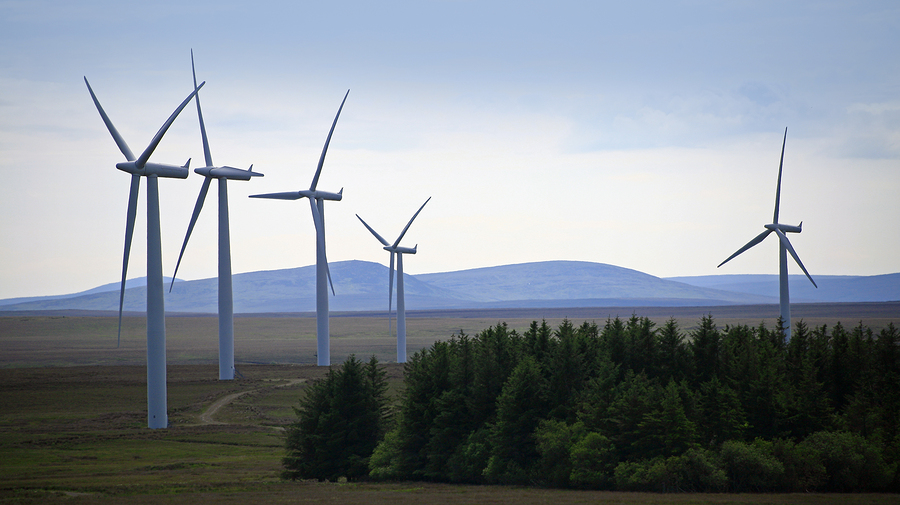By 2030 Scotland plans to have half of its heat, transport, and electricity needs met by renewable energy under plans published by the Scottish Government.
The new draft, entitled Scottish Energy Strategy: The Future of Energy in Scotland sets out the country’s plans to become less dependent on carbon heavy fuel sources.
In 2013 only 13 per cent of Scotland’s total final energy consumption came from renewable sources.
As part of its efforts to meet the commitment, deemed highly ambitious, the country has been earmarked for a share of a £50 million, the details of which are set to be announced next month.
The new target emerges after what has been claimed as a “record setting year” for Scottish renewables, as last August, Scottish wind turbines generated more electricity than was used by consumers on a single day for the very first time.
Energy Minister, Paul Wheelhouse said that he wanted to make “more progress” on renewable energy and that it, “now employs more than 11,000 people in Scotland…has the potential to grow even further, helping us meet our climate change targets through extending our success in decarbonising electricity supplies.”
Last week the Scottish Government also announce that it was planning to cut greenhouse gases by a total of 66 per cent by 2032.
It is possible that the creation of a government-owned energy company could assist the country in achieving these goals.
Dr Richard Dixon, director of Friends of the Earth Scotland, said, “With 50 per cent of all energy to come from renewables by 2030 and 100 per cent of our electricity well before then, this plan sets us firmly on course to becoming one of the leading low-carbon nations in the world.”
The new strategy is expected to cost up to £3 billion a year to implement and will feature new rules such as:
- 40 per cent of all new cars and vans being ultra-low emission by 2032. Half of Scottish buses are to be low carbon.
- A totally carbon-free electricity sector based entirely on renewable energy by 2032.
- Four out of five homes shall be heated using low-carbon technologies.
- The repairing of 250,000 hectors of peatland, which store 1.7 gigatonnes of carbon dioxide.
These targets shall include legally binding annual targets that were first agreed by the Scottish parliament in 2009. It is expected that hitting these goals shall cost around 2 per cent of Scotland’s GDP.

